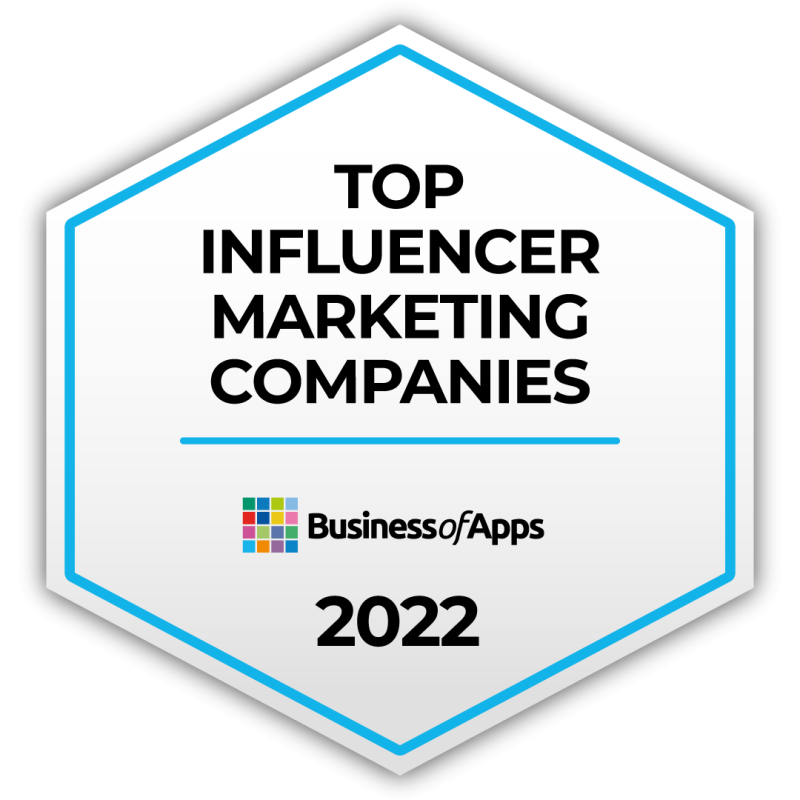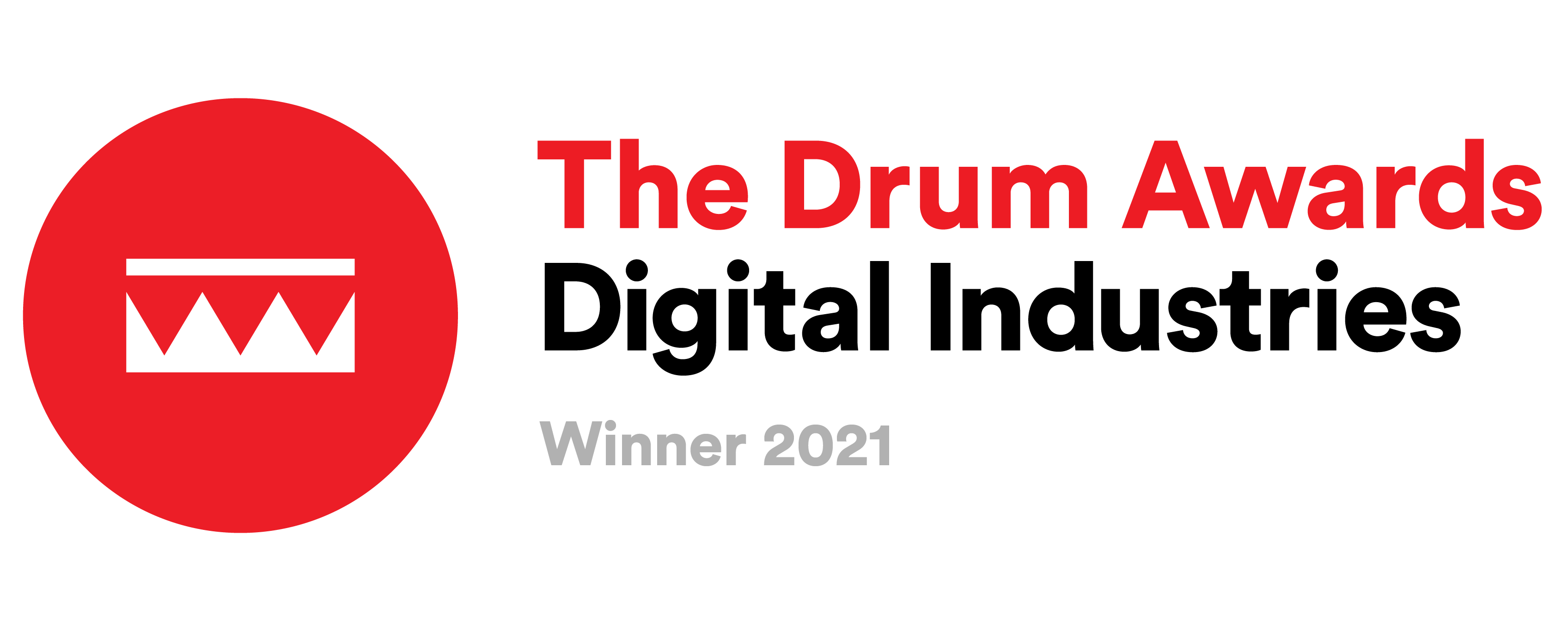Creative Testing: A How-To Guide
So, you’ve been building your brand for a while. Maybe you’ve even been fairly successful — but results could still be better. Enter creative testing.

Launching any new ad campaign is more expensive and competitive than it used to be, so marketing initiatives require more preparation and research to net optimal results. This is where a solid creative testing process comes in. Below, we will go over the basics needed to do this successfully. Among the topics we will cover include:
- Creative testing defined
- The role creative testing plays in marketing
- Creative testing methods
- How to set up a test
- Best practices for optimal performance
What is Creative Testing?
Creative testing is a process for developing your marketing and messaging. The purpose is to discover which creatives are most effective. This process enables you to discover which creatives will be more noticed by your target audience.
For the most part, creative testing is used to test image and copy combinations. In doing so, you will discover which aspects and trends have the best impact on your marketing. So, creative testing is about your broader brand as well as individual marketing initiatives (single ad creatives).
Creative testing does help determine which creatives perform best with the people you want to impact. But it does quite a bit more than that. Part of the creative testing process is cherry-picking creative aspects and improving them before putting them in front of potential customers.
Simply put, creative testing:
- Determines which creatives are the most effective and impactful
- Helps you discover which concepts lead customers to take a desired action
- Is an optimization process that precedes campaign launch
The Role of Creative Testing in Marketing
The role of creative testing in marketing is primarily a preparatory role.
Developing new creatives isn’t the main purpose of creative testing, though it’s used there too. Creative testing is a challenging part of marketing because it’s the part where you attempt to best previous performance through modification. You’re not just making new ads; you’re creating new ads that beat all past performance.
It’s difficult to create a new ad creative that beats control. “Control” is the top-performing ad in a campaign and serves as a performance benchmark. Even the largest content marketing/ad firms find that it takes the creation of many new ads to beat your control. This means:
- You normally need to create many new creatives to keep up the pace
- You will inevitably suffer from “creative fatigue” if you simply try to push onward without creative testing
- You will spend a lot more money as well as time
- You need a creative testing process to expedite the process for more efficiency
The role of creative testing is ultimately to eliminate creative fatigue. Creative fatigue describes the drop in ad performance that happens once your audience has been exposed to one for too long. After a while, the emotional impact just disappears. Then making many new creatives yourself will lead to your own fatigue. Outsourcing the work will inevitably cost an unnecessary amount of money.
This is the part of the process where creative testing is needed. You can fight your audience’s creative fatigue while placing minimal strain on your business.
If you want to get started with creative testing, you can get started with some tested methods to stay on track and produce the best possible results. The methods are based on industry practices and are approached according to your business’s creative strategy.
Creative Strategy Definition
Creative strategy is a strategic approach to develop and implement long-term procedures for improving your creatives. It’s a broad but deliberate outline to be used by your marketing teams. When your staff is developing and testing creatives, your creative strategy is the blueprint they refer to.
Creative Testing Methods
Before you jump into the creative testing process, you will need to know the main methods by which usable information is discovered. These are the steps you can take once you’re at the stage of testing creatives.
Split Testing
Split testing, or A/B testing, is a side-by-side comparison of creatives, creative concepts, or ad sets. You can use creative A/B testing to compare two versions of any of those factors. Split testing implies any randomized experiment using two variables. The results will reveal which approach includes the most promising factors of your creatives.
A/B testing creatives is easier than ever thanks to tools available on several platforms. For example, Google offers the “Experiment” tool, which lets brands create tests and decide how much traffic will be allocated to the test and the original campaign. Facebook also offers split testing for creatives advertised on the platform.
Lift Testing
Lift tests or “conversion lift tests” are best used to measure large changes and major differences in your creatives, such as image versus video or different audience segments. It’s a more comprehensive process than split testing. The best practices for lift testing will vary by platform.
How to Set Up a Creative Test
There are a few steps to setting up a creative test. Creative advertising testing methods follow a set of steps summed up as follows.
Organization
First, you need to have your creatives organized in a way that makes testing practical. The best practice for this right now is to organize everything in a cloud folder for your business. Some Digital Asset Managers (DAMs) can provide similar results for this stage.
All creative aspects have to be broken down by category. For example, separate folders for images (of different standard sizes), videos, logos, and more. Make other folders for the source materials your business draws from, such as stock images and videos.
A creative outline/creative brief should be created. The best practice for outlines is to make sure all objectives are understandable to all members of your staff. This includes a breakdown of deliverables and their goals, as well as clear key performance indicators (KPIs), without which there won’t be a clear direction during the rest of the process. KPIs should include specific time frames, deadlines and scope.
Ideal creative outlines often include selling points to be included in tested creatives. Different selling points are simultaneously tested, offering you more to work with when it comes to messaging and branding moving forward.
Analyzing the Competition
If you don’t know what will create success now, you can look to recent success stories. Fortunately, analyzing your competition is easier thanks to widely available tools.
Most platforms where you would have your creatives displayed have some metrics attached. For example, the Facebook Ad Library is both free and informative, offering you a glimpse at successful ad creatives. For ads that are part of a Google Search campaign, businesses can just search on Google and find competitor ads and landing pages. There are also plenty of paid services that can provide meaningful information on the state of ads.
Analysis can be very helpful when you don’t already have direction. Documented successes can help push your teams in the right direction and help them create new, better creatives.
Testing Your Creative Concepts
Now it’s time to get started with the actual testing part. Your creative testing framework is now established, so it’s time to test a few creative concepts. This should normally mean starting with about 5 creative concepts (give or take).
You can make a mind map of each of the subjects of your test. Map out which creatives you think will perform better, which speak to your branding better, and which best address your current business challenges.
The simple goal of this stage is to identify your winning creatives. So, the more scientific you can make your testing, the better. This means identifying your business challenges and setting goals as well as expectations.
Produce creatives (or bring up existing and promising ones) based on your goals and expectations. You can make assumptions about which ones you think will perform best, as you’re going to find out very soon.
Note Your Successes
Your tests will reveal which creatives ad sets net the best results. Note the approach and concepts that are succeeding. Knowing which individual creatives, and even ad sets, perform well is only a temporary success. So, it’s important to note which small changes bring about the best results. You can then use them for new testing ideas.
The factors to take into consideration include:
- Color schemes
- Layouts
- Fonts
- Patterns
- CTAs
- Dimensions
These are the factors that enable your business to continuously improve and strive for ever-greater results. You will often notice that even seemingly small changes can produce significantly different results.
Study & Interpret Results
Interpreting your results is as important as noting each of the small changes that help or hinder your success. Online creative testing can get more complicated here because drawing conclusions takes time and it’s hard to get it right early on.
There are a few situations that may arise.
- Different creative concepts create significantly different results. If this happens, note the common aspects of the highest performers, and engage in further testing to narrow your creatives down further. Continue implementing the best variations.
- Different creative concepts perform very similarly. In this case, you can continue with any of them and implement new variations. Small differences in results reveal that the creative differences are of relatively little importance.
- You notice different creative concepts produce widely varying results, but cannot quite determine why. These results can be interesting, but more testing is needed to draw conclusions. In this case, if you choose, you have a running start and are closer to discovering real, useful data.
Creative Refresh
Even the best ad creatives will become obsolete eventually. Ad fatigue can stem from obsolete creatives as easily as it can from targeting the same audience for all your creative tests.
Many individual reasons contribute to old creatives no longer performing well. The only way to avoid this problem is to continue improving and testing. Trends change and the only way to make sure your branding is properly and effectively communicated in creatives is through more testing.
Creative refreshing helps fight ad fatigue while also opening new opportunities. This may already sound tiresome, but it’s important to stay proactive and keep updating your practices.
Creative Testing Best Practices
The best practices for creative testing solutions are scientific. A lot of creativity goes into making good ad creatives. But your results are grounded in data.
Asking many different questions is encouraged. However, they must be followed up with hypotheses and tests to answer your questions and discover the validity of your assumptions.
Keeping the above in mind is key to success in any kind of business. Beyond that, there are several practices you should keep in mind for continuous improvement.
Test One Variable At A Time
To be sure about whether any given factor is determining your creatives’ success, you need to test one at a time. So, try changing just one variable in your creative and test for the difference in performance.
Pay Attention To Imagery
People process images quickly. Images are the main driver of success in creatives. Even when it comes to video, the first frame and the thumbnail will determine whether people will click through in the first place.
You can start your creative testing with imagery and move on from there.
Different Audiences For Each Variation
If the same people are seeing the same or highly-similar variations of your creatives, the campaign will suffer from creative fatigue. This will muddy your results and slow down the creative testing process. Make sure you keep your various creatives different enough to keep testing results significant.
Conclusions
When it comes to creative, there is no “one truth” about what works and what doesn’t, so take advantage of your ability to test. Creative testing is an ongoing process. While it’s a process with a lot of information you need to remember, it gets easier after the organization stage. Once you have a standard operating procedure, ongoing testing is easier. This is why a creative strategy is so important.
Marketing teams can establish a meaningful creative testing process by setting up an SOP based on the outline above. The process will inevitably involve tools available on the platforms advertised on, or third-party tools.
Using the best practices for creative testing helps avoid common mistakes and discover better creative aspects faster.
Now, get started developing a creative strategy and implementing the creative testing methods we’ve covered to maximize your creatives’ potential.
If you want to take the first step but aren’t quite sure where to go, there are professional tools dedicated to advertising. yellowHEAD specializes in ad creatives with a full-service in-house creative studio, offering an end-to-end solution for your needs.


















